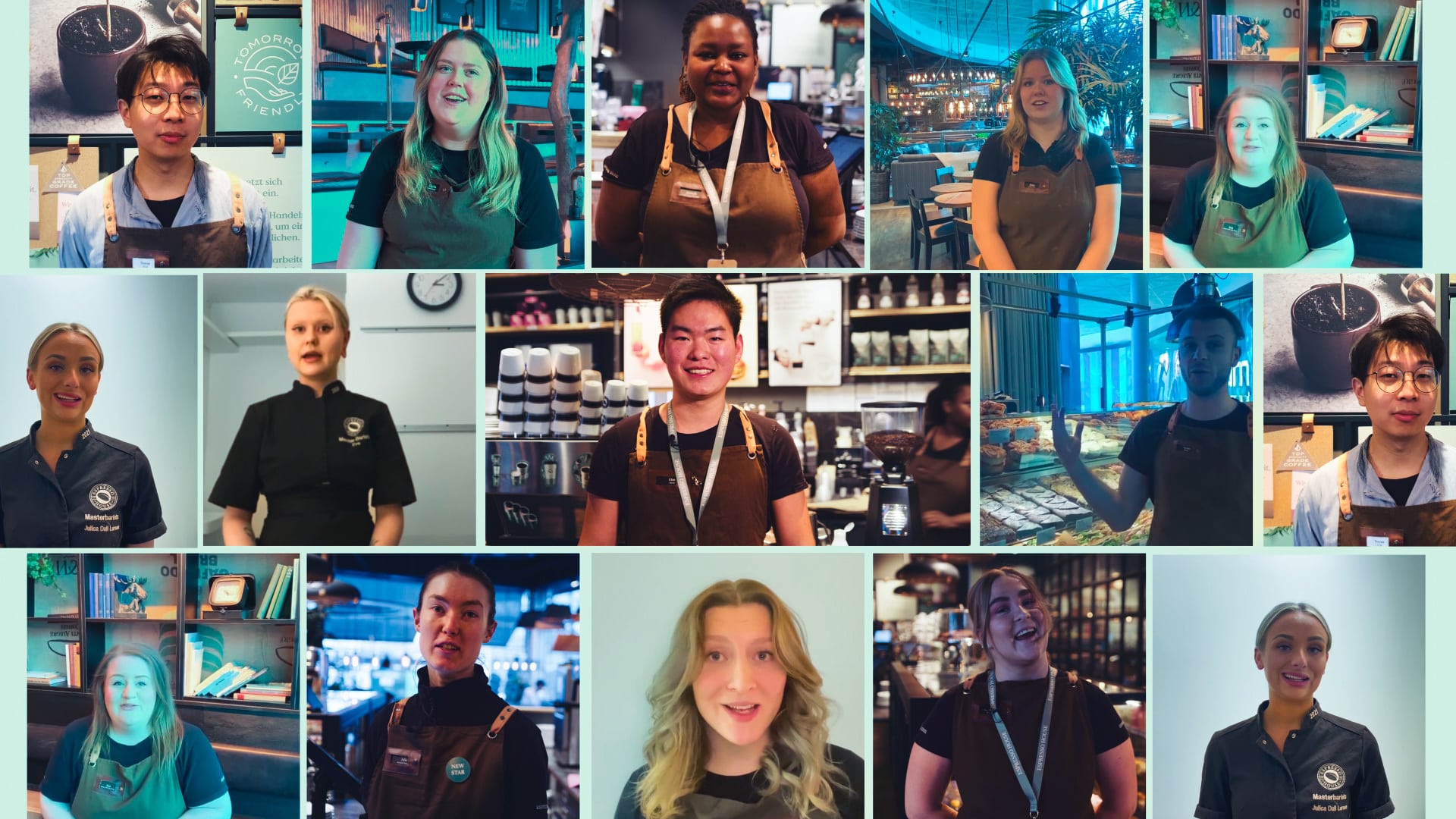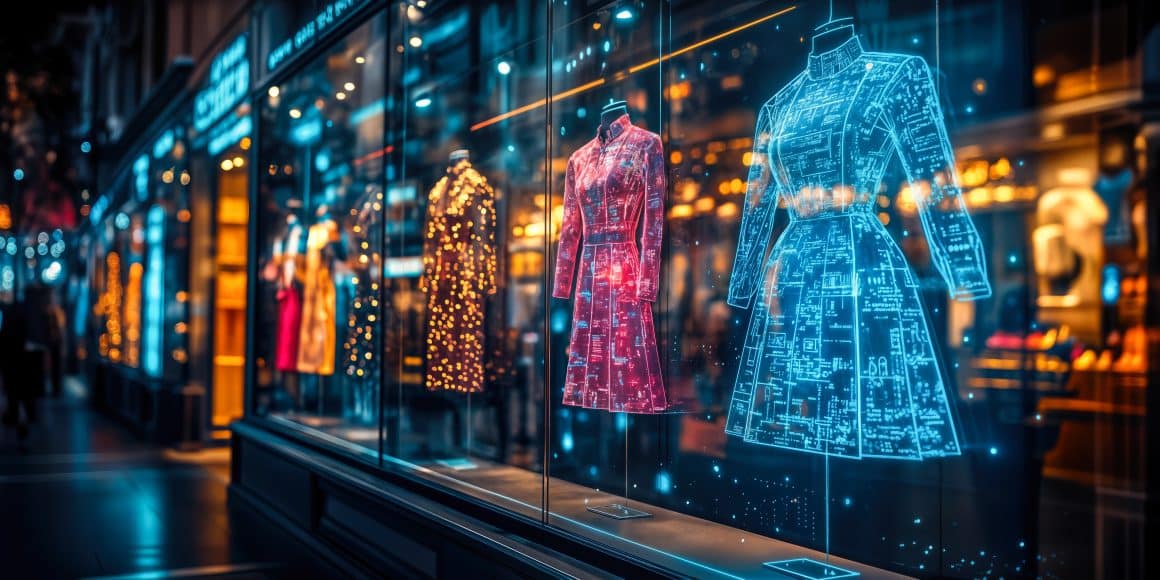How Attensi is supporting your inclusive learning
At Attensi, making learning fun has always been our top priority. Part of this is making sure that our gamified modules can be enjoyed by as many people as possible. And if you don’t see a feature you think your team would benefit from, we want to hear about it.
Made for the remote working age
Our gamified training is designed to be played on multiple devices – whether that’s mobile, tablet or desktop. Wherever your team are, they can access their learning and their leaderboards. No matter their location, staff can always connect with their team – no exclusion here.
In the times your teams do come together, you can support their learning with Attensi with practical workshops or discussions based on the work the modules they’ve completed in their own time.
Mixture of modules
Remember what we said about different learning types? Attensi has you covered. From practical, immersive sessions where players will interact with realistic avatars to different visual and auditory activities, there’s something for everyone.
Everyone in your team is unique, your training should be too.
Your training, your way
We don’t pretend to know everything about what your organization needs from your training. That’s why you’ll have your very own CREATOR tool to design the training your people need, in the way you want to deliver it.
With Attensi, anyone can be a creator.
We could talk about why learning and development is important all day long (we often do!)
Part of building a diverse and inclusive workforce is ensuring that the disabled members of your team have equal access to the training you provide. After all, everyone deserves the chance to throw themselves into learning.




